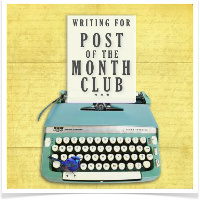Bunad are entirely handmade, and are passed down from one generation to the next. Young Norwegians receive their bunad at the age of 14 years, for the rite of confirmation. It’s not uncommon for them to wear bunad that are over a hundred of years old! Otherwise, springing for a brand-new bunad can leave you some NOK 40,000 (PhP 323,000 lang naman!) poorer. Ouch!
I didn’t have 40,000 kroner in my bank account, nor a Norwegian granny to make a bunad for me, so I dressed up for the parade in a ruffled LBD, my lace-up boots and my BAM! comic-book inspired fascinator.
Walking through the Slottsparken to get to the palace, we found ourselves milling with hundreds of dandied-up Osloites on their way to the parade.
with lots of balloons and other treats for the kids.
It was great seeing everyone dressed up for the event, in costumes with varying degrees of elaborateness.
At the Palace, the locals graciously let Mom through to the front of the barricades so she could watch the parade.
Some students even got their Glee on. It was a bit odd, and funny, to see a bunch of aspiring Cheerios after all the elaborate national costumes!
Everyone from the oldest grannies to the littlest babies got in on the fun. It was all very orderly and wholesome! Freshness!
Everyone paraded in front of the palace…














































































